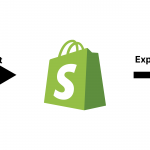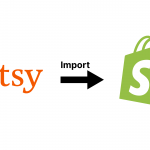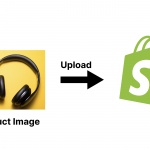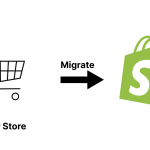The Best Java CMS
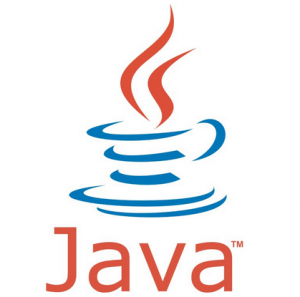
Java is a computer programming language used for a general purpose which is simultaneous, object-oriented, based on classes, and properly elaborated to include as less dependencies of implementation as possible. Its principal advantage is it allow application developers to “write once and run anywhere”, basically it means that compiled Java code can be launched on different platforms which cooperate with Java, and it doesn’t require you to recompile the code. Java apps are generally compiled to bytecode which can be run on diverse Java virtual machine (JVM) despite their computer architecture. In 2015, Java is considered to be one of the leading languages, peculiarly for client-server web-apps, besides it counts approximately 9 million developers involved in working with Java. Originally, the language was invented by James Gosling at Sun Microsystems and introduced in 1995 as the main component of Java platform. In fact, a part of its syntax is derived from C and C++, however, it is much better developed. Below, we will tell you about core Java principles, the best CMS, and key requirements.

Initially, Sun Microsystems introduced the original and model implementation Java compilers, virtual machines and class libraries with a proprietary licence. But in 2007, in accordance with the peculiarities of Java Community Process, the company relicensed the major part of its Java product as the GNU General Public License. But, alternative Sun technologies have been also developed, here they are: the GNU Compiler for Java (bytecode compiler), GNU Classpath (standard libraries), and IcedTea-Web (browser plugin for applets).
In 1991 James Gosling, Mike Sheridan, and Patrick Naughton were the ones who decided to create Java. Initially, it was developed for interactive television, however at that time Java was quite ahead for the digital cable television industry. Actually, Java was firstly called “Oak” since there was an oak tree in front of Gosling’s working office. But the name didn’t stick to the programming language for a long time, as later on it was given another name “Java”, after Java coffee. James developed the language with the syntax of C/C++ which is quite recognizable by system and apps programmers.
In 1995, the company introduced its prime Java project realization as Java 1.0. It aimed at allowing to write a code only once and then run it everywhere. Well-developed security features allowed to limit network and file access. A big deal of browsers quickly adapted to Java applets, and the programming language rapidly took its leading place. Arthur Van Hoff rewrote the compiler of the first release of Java in order to conform to the Java 1.0 particularities. When Java 2 popped up (firstly introduced as J2SE 1.2 in December 1998-1999), updated versions included new configurations developed for diverse kinds of platforms. In essence, J2EE was specialized in enterprise applications which are generally used in server environments, meanwhile J2ME in APIs optimized for mobile applications. The desktop version received another name J2SE. In 2006, the Sun Microsystems company made up its mind to rename J2 versions: Java EE, Java ME and Java SE.
In 1997 the company came to use the body standards of ISO/IEC JTC 1 and Ecma International to shape Java, but it didn’t last long. Nowadays, Java is controlled only by the Java Community Process. Once, Sun Microsystems gained a lot from its free Java implementations, regardless their status of software. The company made a huge profit by selling particular product licences such as Java Enterprise System.
On November 13, 2006, Sun Microsystems introduced a big deal of open-source software, (FOSS) according to the GNU General Public Licence terms (GPL). On May 8, 2007, Sun released core code accessible under open-source conditions, except some other codes the copyright of which didn’t belong to the Sun Microsystems company.
The vice-president of Sun Microsystems, Rich Green, once mentioned that the principal concept of Java was similar to “evangelist”.
In 2009-2010, Oracle Corporation took over the Sun Microsystems company and billed itself as the “Java technology steward with a consistency to developing participation and transparency of the community”. In a while, Oracle sued Google for having applied Java on Android SDK. Today, Java is widely used barely on every type of devices such as laptops, smartphones, game consoles etc. On April 2, 2010, James Gosling left the Oracle corporation.
Table of contents
- 1 Key Principles
- 2 Versions
- 3 Requirements for your Java CMS
- 3.1 1. Java is considered to be one of the top programming languages
- 3.2 2. For CMS, Java is enterprise ready
- 3.3 3. What to pay attention to when you select a Java CMS
- 3.4 4. Make your CMS flexible
- 3.5 5.Open integration
- 3.6 6. Agile enterprise stack
- 3.7 7.Channel control
- 3.8 8.Make sure websites suit your customer’s device
- 4 The Best Java Content Management Systems
- 4.1 1. Alfresco:
- 4.2 2. Magnolia:
- 4.3 3. LogicalDOC:
- 4.4 4. Asbru:
- 4.5 5. OpenCMS:
- 4.6 6. Walrus:
- 4.7 7. Pulse:
- 4.8 8. MeshCMS:
- 4.9 9. Liferay:
- 4.10 10. DotCMS:
- 4.11 11. Jease:
- 4.12 12. Hippo:
- 4.13 13. Apache Lenya:
- 4.14 14. Contelligent:
- 4.15 15. InfoGlue:
- 4.16 16. OpenEdit:
- 4.17 17. AtLeap:
- 4.18 18. Weceem:
- 4.19 19. Nuxeo:
- 4.20 20. XperienCentral:
- 4.21 21. Atex:
- 4.22 22. Escenic:
- 4.23 23. Adobe Experience Manager/ CQ5:
- 4.24 24. SDL Tridion:
Key Principles
There were five primary goals in the creation of the Java language:
-
It must be “simple, object-oriented, and familiar.”
-
It must be “robust and secure.”
-
It must be “architecture-neutral and portable.”
-
It must execute with “high performance.”
-
It must be “interpreted, threaded, and dynamic.”
Versions
Major release versions of Java, along with their release dates:
-
JDK 1.0 (January 21, 1996)
-
JDK 1.1 (February 19, 1997)
-
J2SE 1.2 (December 8, 1998)
-
J2SE 1.3 (May 8, 2000)
-
J2SE 1.4 (February 6, 2002)
-
J2SE 5.0 (September 30, 2004)
-
Java SE 6 (December 11, 2006)
-
Java SE 7 (July 28, 2011)
-
Java SE 8 (March 18, 2014)
Requirements for your Java CMS
1. Java is considered to be one of the top programming languages
When we talk about programming languages, we surely cannot deny that classic always keeps its leading positions. If we compare PHP, C# or .NET – Java is still regarded to be on the top, since it’s been stable, reliable and suitable so that we could easily build back ends for contemporary enterprise-web apps. Applying Java and frameworks which use its code, web-developers are able to create scalable web-applications for different kinds of users.
2. For CMS, Java is enterprise ready
Selecting Java CMS is a perfect choice to provide stability, agility and speed to your enterprise, as there are a big deal of experienced back-end programmers that are extremely good at working with content management architecture. Java certainly stands out while providing a solid enterprise web CMS, however, using Java CMS only is not sufficient to provide speed and agility.
“A lot of enterprises fail to understand the fact that complaints which they receive are not because of programming language issue, however they consist in architecture problems.”
When you select a content management system, you should realize that programming language is not the only thing to be taken into account. In fact, there is a huge variety of Java CMS, therefore you should be careful while choosing one them. Be sure it will be the most appropriate for covering all your present needs.
3. What to pay attention to when you select a Java CMS
It’s evident that content management is constantly changing due to contemporary conditions it finds itself in, for instance: multiple channels, rapid mobile technology and eCommerce development, and surely increased significance of content marketing. That’s why when you want to select a Java CMS, try to be several steps ahead and consider some future aspects of CMS development, whether your Java CMS will be able to meet further scalability and integration demands.
4. Make your CMS flexible
Since CMSs play a crucial role in online business processes, you should definitely satisfy both parties: developers and end-users.
5.Open integration
Your Java CMS should compose the ecosystem of your online business. Your CMS is to be integrated with Marketing Automation, Enterprise Content Management, eCommerce and external sources of Big Data. When Java CMS is developed on open basis, it makes your online business flexible to perform a bigger number of integrations.
6. Agile enterprise stack
Select an open source Java stack which will increase the level of your security and performance. A proper Java CMS framework is able to provide a fast development on the verified and modern technology basis (such as Spring MVC, Couchbase, AngularJS etc.) Therefore, select a CMS which will run in cloud, on-premise, or choose a hybrid solution.
7.Channel control
While editing centrally, you will definitely need a Java CMS which is able to help you repurpose content across channels. A content-centric CMS which sorts out content from delivery provides the state of being ready to meet future needs simply by adding new channels.
8.Make sure websites suit your customer’s device
There are a big deal of CMSes that concentrate on web page management that off and on is not good since there channels and devices vary. To be on the safe side, we would advise you to choose a CMS which keeps content in its central content repository, however when it comes to website presentation it takes into consideration customer’s device and personal preferences.
So, as we have already understood that CMSes are platforms which allow us to manage website content in an easy way, instead of spending hours on writing diverse codes and scripts, we therefore suggest taking a look at the list of CMSes based on Java below.
The Best Java Content Management Systems
Here are top 24 Content Management Systems with a detailed description about each candidate.
1. :
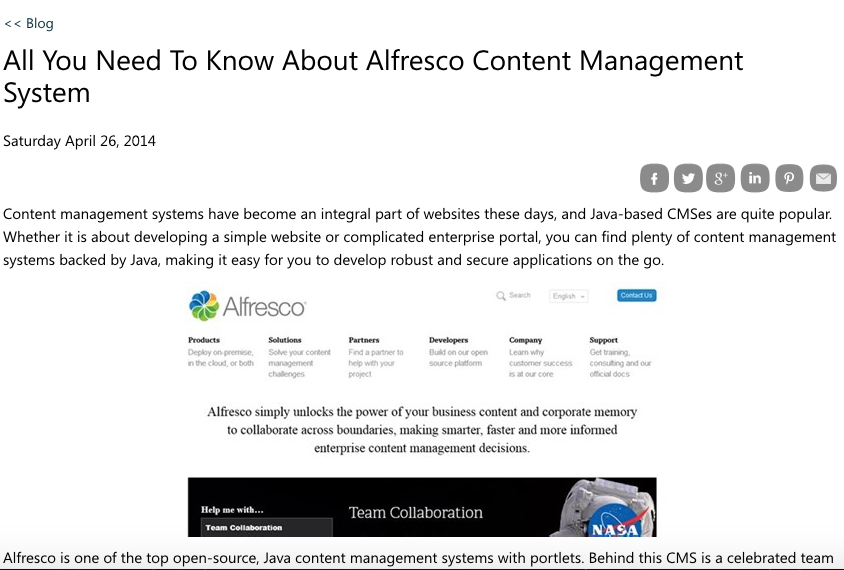
Alfresco is considered to be one of the leading open-source CMS based on Java. In fact, it provides you with imaging and management of documents, records, knowledge, website content and so on and so forth.
Alfresco is a modular architecture CMS which allows end users to work with websites in no matter which environment, whether it’s a mobile, cloud, on-premise or hybrid management basis, applying such open source Java technologies as Hibernate, Spring, Lucene or JSF.
2. :
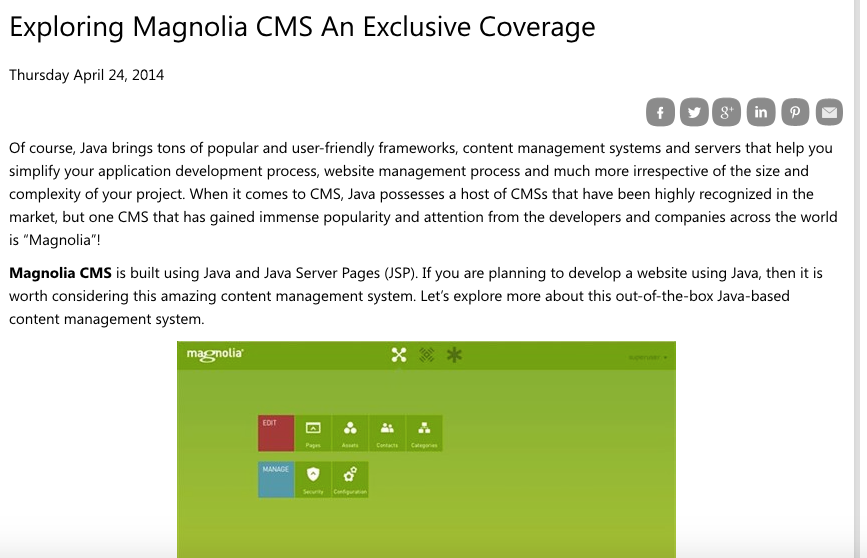
So and now let’s touch upon another open source CMS which is based on Java Content Repository Standard and is quite simple in its usage. This content management system is regarded to be a prominent CMS because of its default functionality and usage simplicity. Besides, Magnolia includes unique content delivery capabilities support in a search-engine optimized manner and it doesn’t violate W3C standards. Therefore, Magnolia CMS is frequently used in more than 100 countries around the world.
3. :
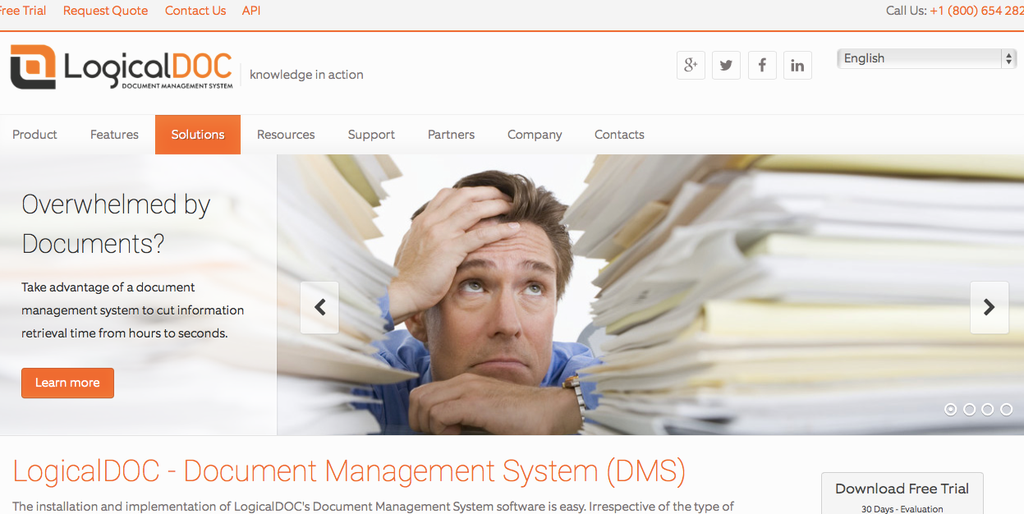
Even though, LogicalDOC is not that popular as the CMSes described above, it is still a powerful and cheaper alternative. LogicalDOC CMS principally concentrates on Document Management. Besides it provides good content management, knowledge management and includes collaboration features. Moreover, it occurs in an efficacious manner.
Logical DOC’s particular interface feature consists in Google GWT usage. Besides, there are lots of free of charge Android and iOS applications.
4. :
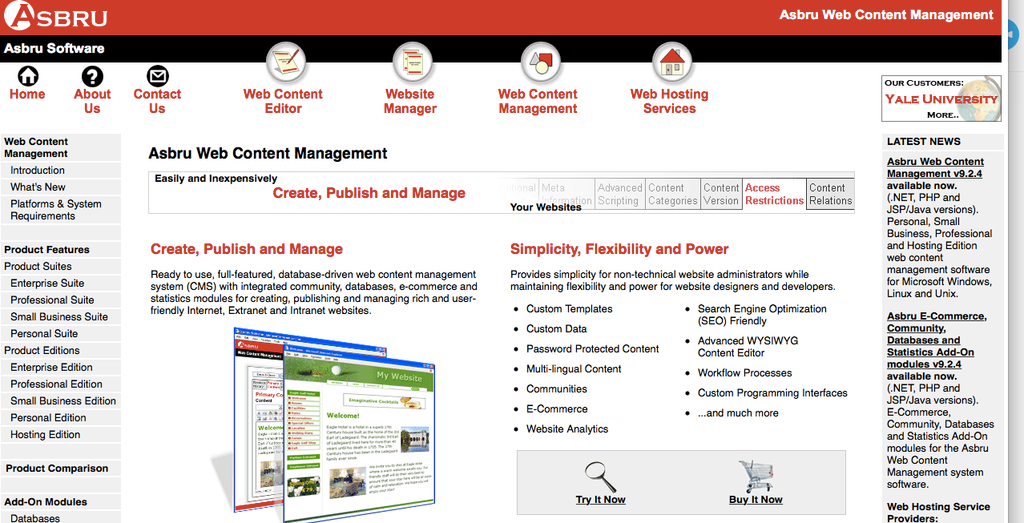
Let us present another Java based Content Management System candidate which is quite simple in using CMS with database-driven capabilities. This one relies on Spring framework with databases, community, eCommerce and statistics extensions included. In essence, it serves programmers as an assistant to develop and manage huge and proper internet, intranet and extranet websites during their development process.
Diverse editions availability makes the CMS flexible and certainly satisfies different users. Moreover, the platform is so easy to use and provides you with a big deal of advantages and utile features: default design templates, community, analytics of eCommerce and website, password-protection and different languages content, editor of cutting-edge WYSIWYG content and much more.
5.
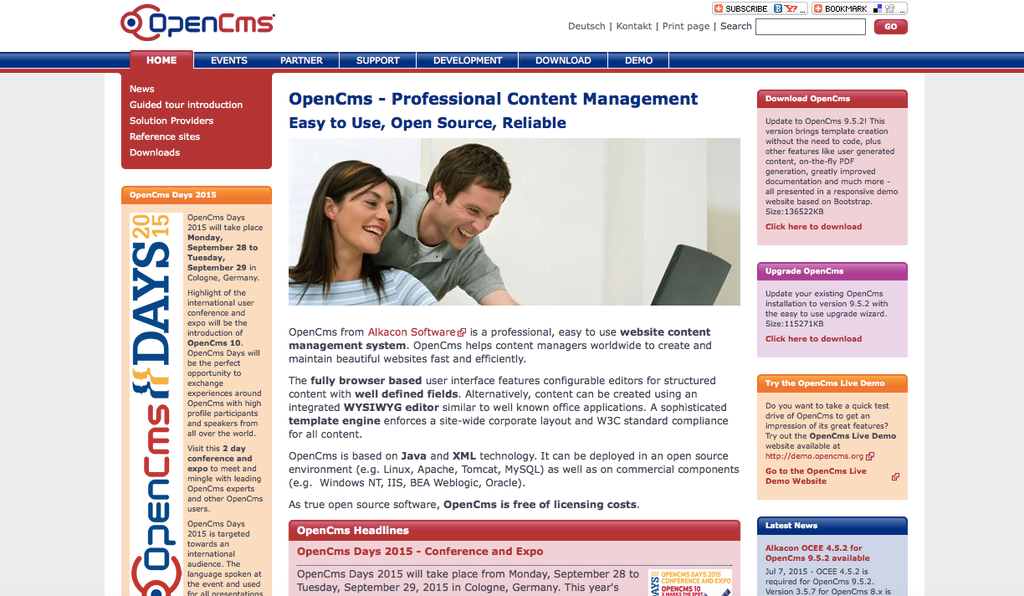
Here is one more Content Management System, called OpenCMS. It relies on Java and XML basis which let you create and customize your online business. As well as the previous CMS, OpenCMS is incorporated with WYSIWYG editor and provides a full-fledged Template Engine that conforms to W3C standards.
You can deploy this CMS in no matter what environment. It may be open source (Apache, MySQL, Linux) or commercial ones (IIS, BEA, Oracle, Windows NT etc)
6. :

As for now, let’s talk about Walrus CMS. What’s that? The peculiar feature of this Content Management System is that it provides you with an extremely simple usage, since it possesses a smart admin interface, includes drag-and-drop features and outstanding CMS capabilities. It suits well to governments and non-profit enterprises, as it’s not hard to install. Besides, the ability to edit (undo/redo) makes the Content Management System desirable as well.
7. :
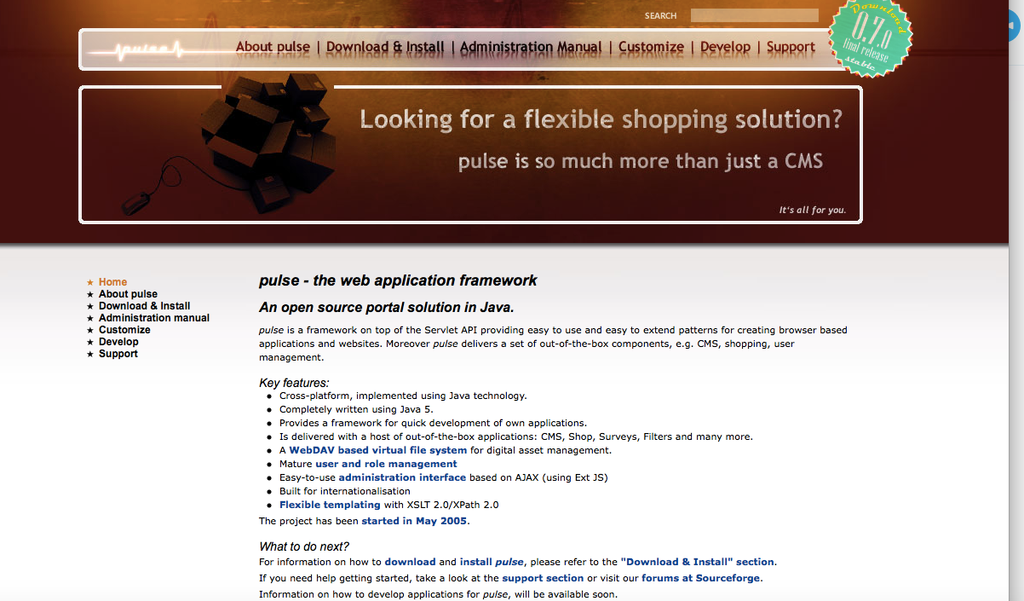
Pulse is framework that is based on Java. It is similar to its preceding candidates, since the usage simplicity will get you attracted. However, Pulse also provides with patterns that may be extended, allowing you to create great browser web apps and your vision websites. Besides, there are lots of new and powerful elements, such as user and content management, web shops etc.
Here are some Pulse’s principal characteristics: a virtual file system which is based on WebDAV used for the management of digital asset; management of experienced users, incorporated internationalization and so on so forth.
8. :

MeshCMS is a Java based Content Management System which is not hard in usage either. It brings a lot of features that represent an ideal CMS, but MeshCMS applies a common approach when it comes to managing and editing content of a website.
However, it’s regarded to be one of the quickest Content Management Systems that includes simple file managing and editing. Also, you can easily create some usual but necessary elements such as breadcrumbs, mail forms, menus and much more.
Cross-browser capabilities, WYSIWYG editor, tag-library and prevention of hotlinking provide MeshCMS with an enormous variety of opportunities in managing content.
9. :

Finally, we have come up to Liferay Content Management System. Firstly, it must be mentioned that this CMS is highly recommended by different professionals. The main advantage of it is the ability to simplify content managements tasks. Liferay is intensively used in both personal and professional occasions.
10.
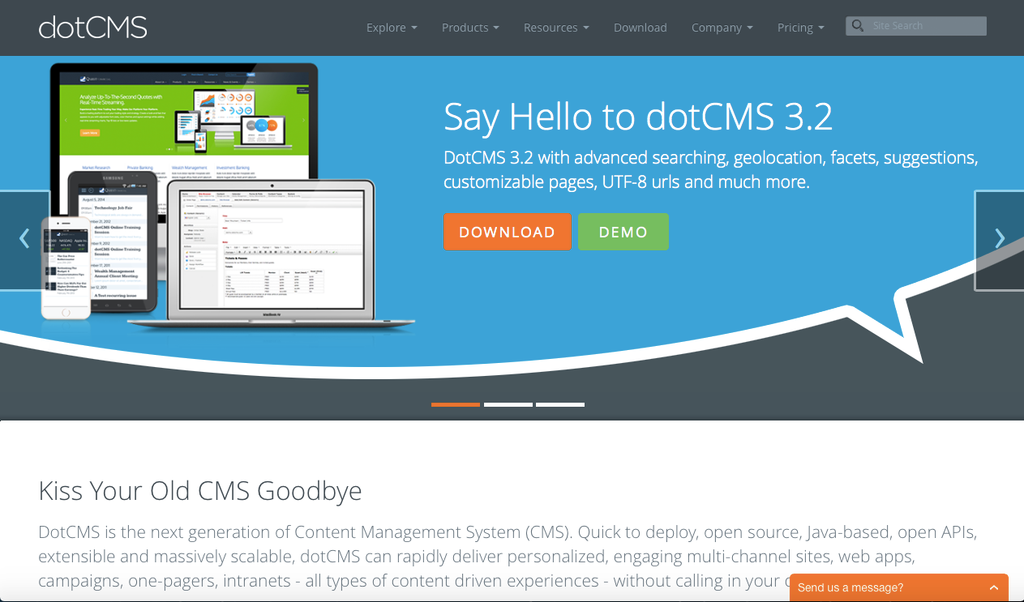
DotCMS? Yeah, another modern open-source CMS. However, why is it so popular? The matter of fact, it provides a great deal of free APIs, extensible and scalable architecture that allows to develop easily attracting websites, extranets, intranets and other web apps in a personalized way.
11.
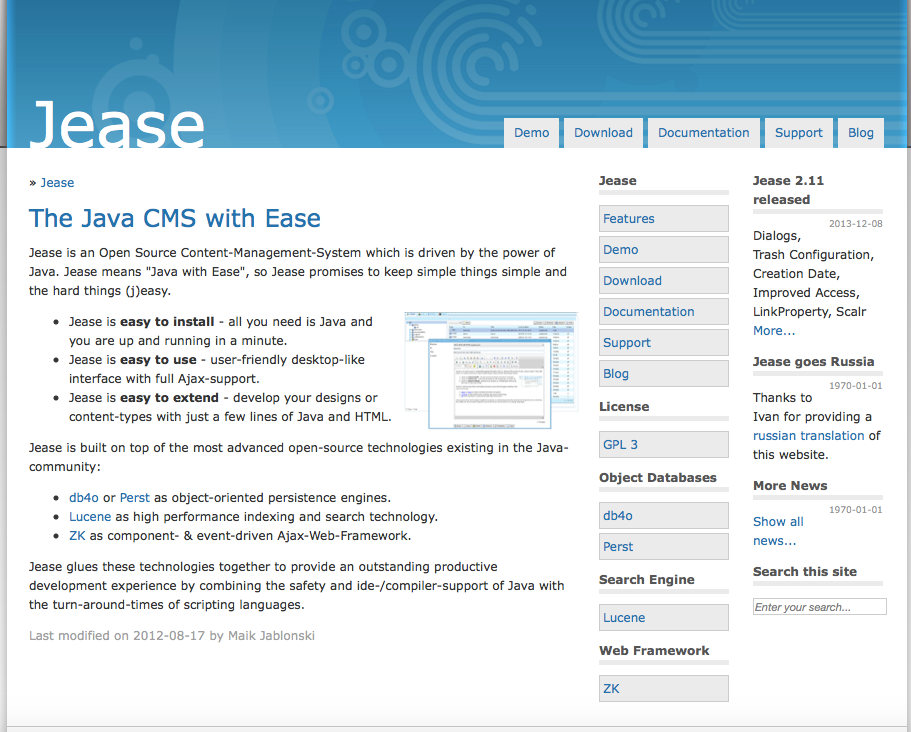
Jeasy as well known as “Java without trouble” is an open-source CMS that is based on such Java technologies as db40, Perst, Lucene, ZK etc. It’s really simple and has an awesome Ajax interface. Therefore, even novices in website development will not find any difficulties to customize and deploy their sites.
12. :
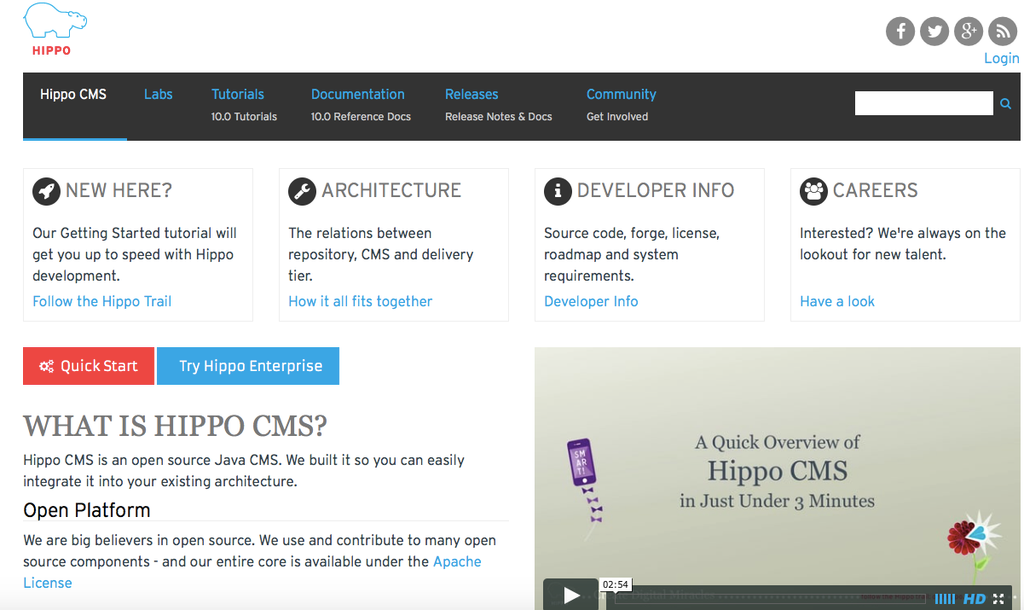
Hippo is a worth-paying-attention open source CMS based on Java which delivers personalized channels and websites. Hippo stands out from its competitors since it provides impressive customer experience by presenting some innovations. It’s been on the market for 16 years already and enjoyed great consideration among medium-sized and large organizations, as it offers a platform for distributing personalized multichannel content, comprising intranets, extranets, tablet, mobile, websites.
In December 2012, the CMS had a significant update and since that time, it has been constantly updating every 2 months.
13. :
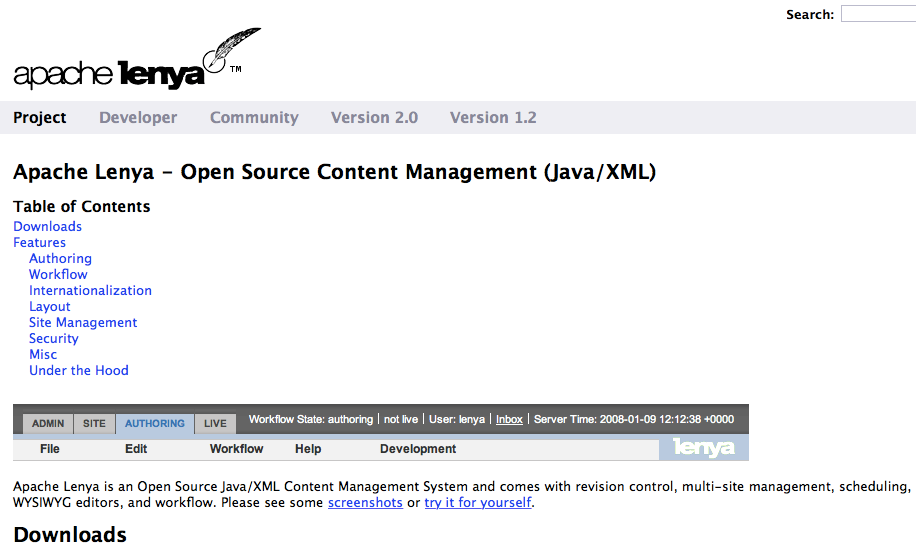
We have already discussed numerous CMSes above, but we still have something to share with you. So here is another open-source CMS which comprises revision control, WYSIWYG editors, multisite management, search, scheduling etc. This Content Management System makes the life of developers easier since it simplifies website development and management processes. Besides, it contains different languages. Therefore, lots of enterprises that aim at global market and would like to make their websites multilingual, prefer using Apache Lenya.
14. :
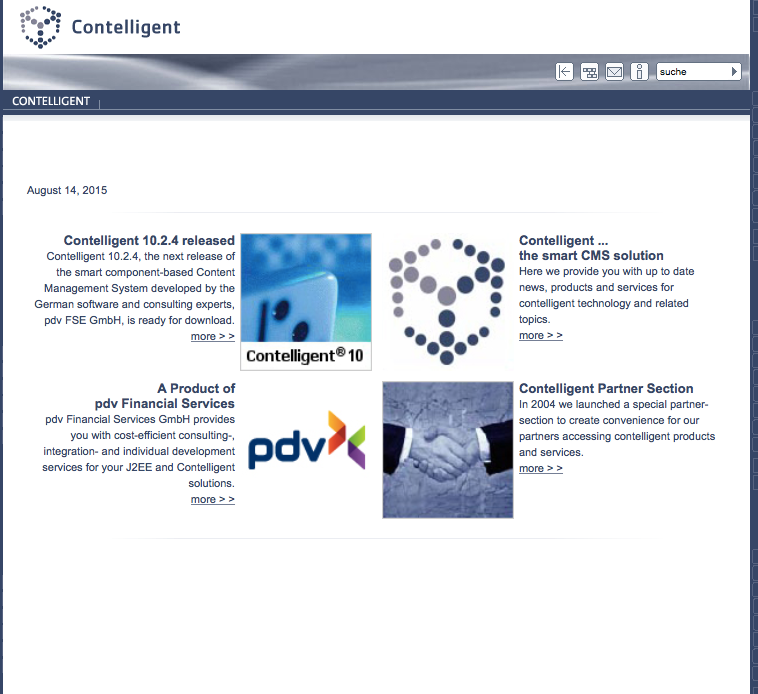
Contelligent is a Content Management System that relies on Java technology as well as the previously described CMSes. Contelligent functions accordingly J2EE and provides extensions for personalized website development/management.
15. :
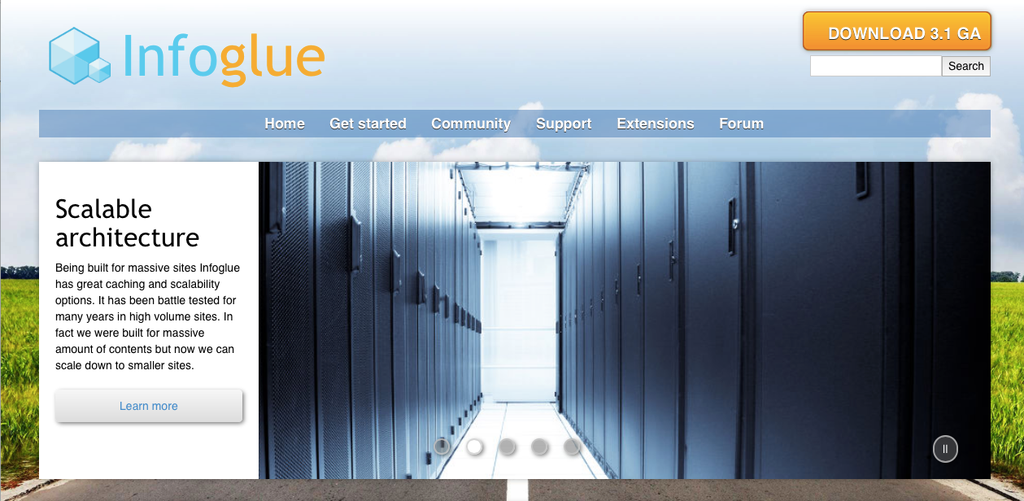
If you look for an open source CMS that is able to provide a scalable, advanced and trustworthy architecture, we are glad to present you InfoGlue. In essence, it is an adaptable CMS based on JSR-168 representative. Besides, this Content Management System provides the ability to make your online business multilingual and possesses great capabilities of integration.
16. :

We have already come up to the 16th position of our open-source Java based CMS list. OpenEdit is a good platform to manage website content, because it provides you with a user and file manger, diverse tools of notifications in order to manage your website.
OpenCMS comprises different extensions that will be utile for your website: eCommerce, Blog, Events Сalendadar, Content management, even some Social networking tools and much more.
17. :
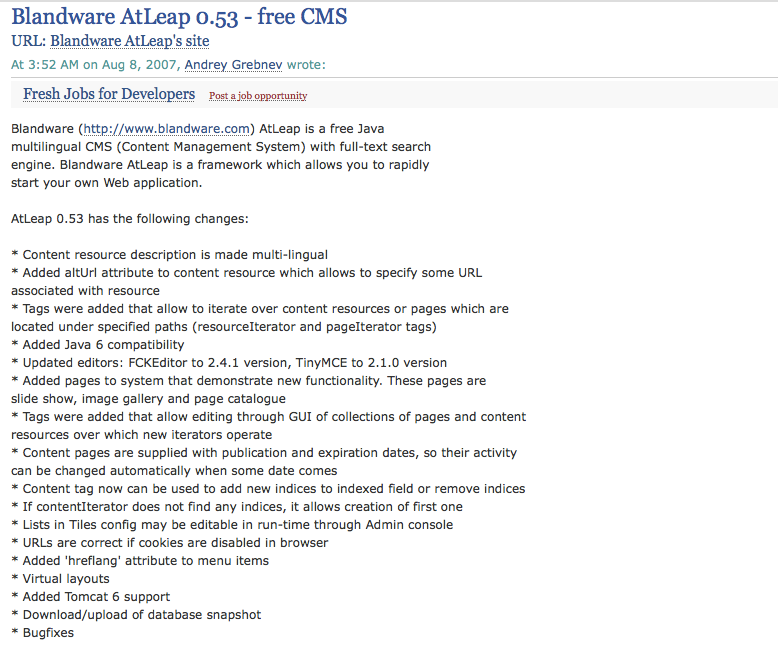
Here we’ve got another CMS that provides a multi-languages support, full text search features, and assists you with SEO. However, Atleap is not known only as a CMS, it is also regarded as an outstanding and reliable framework to develop websites and apps.
18. :
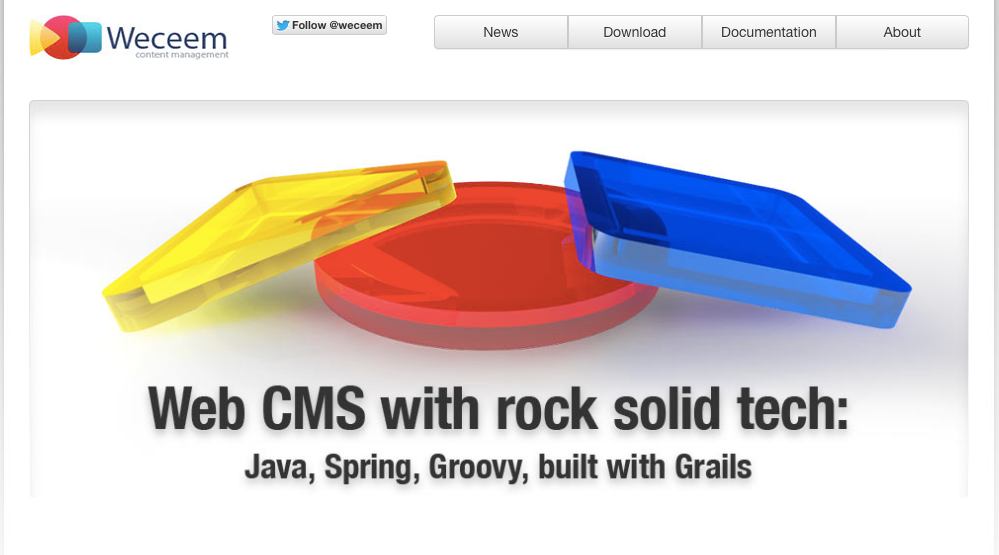
Weceem is a Content Management System that isn’t similar to other CMSes. The peculiar feature of this one consists in the fact that it is based on Java framework grails, Spring and Java itself technologies. Weceem is said to be a highly recommended platform when it refers to grails.
19. :

By now, we have already touched upon 18 CMS candidates, but since we take care of our readers and want them to get as much useful information as possible we still have something to share with you. Nuxeo is a great open source Content Management System which relies on Java technology. Nuxeo provides with abilities to solve problems as regards managing your documents, cases, and digital assets. We have already mentioned that it’s an open-source CMS, however, if you decide to use Support and Maintenance services, you will have to pay something.
We feel obliged to inform you that this Content Management System is widely used among serious client groups such as Electronic Arts and U.S Navy. Besides, on Nuxeo’s site it’s said that they work in 145 countries. Therefore we can come up to conclusion that it is a stable and reliable CMS.
20. :
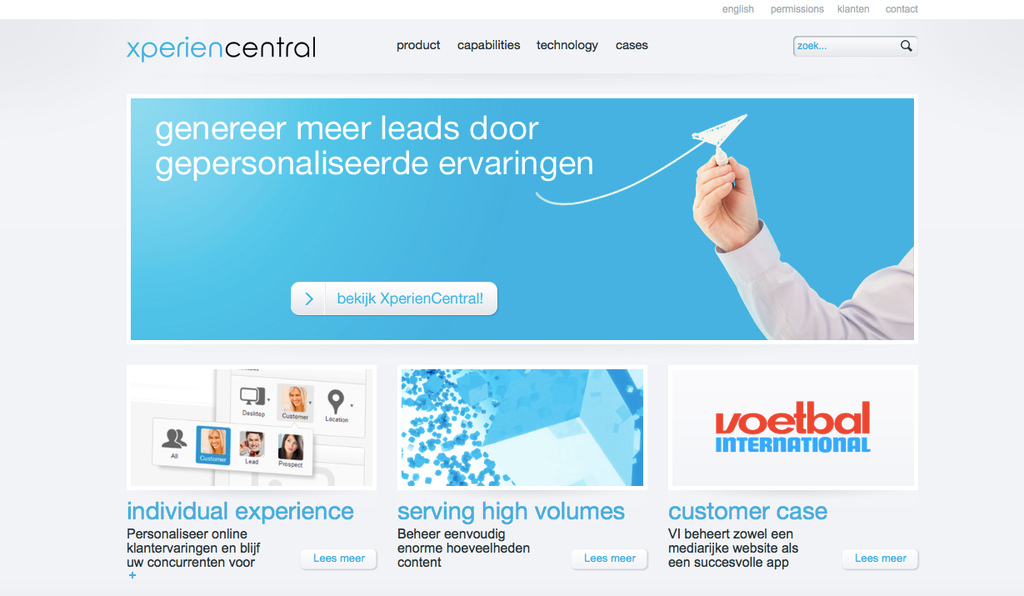
Xperien is a scalable and agile Java based CMS that easily adjusts to any kind of device and is able to provide customer desirable content. Furthemore, this Content Management System contains the delivery of multi-channel content on your website.
21. :
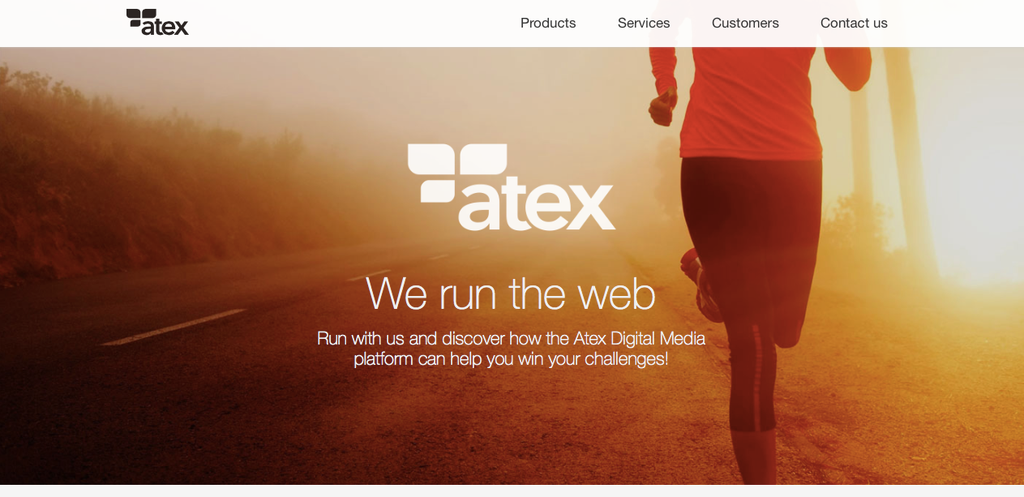
If you are looking for a CMS that will be good at providing marketers with the ability to convey appropriate content to certain target groups, then you would be glad to have found Atex, as it’s considered to be a widely used premium built-in paywall Content Management System which can easily help you manage your websites.
22.
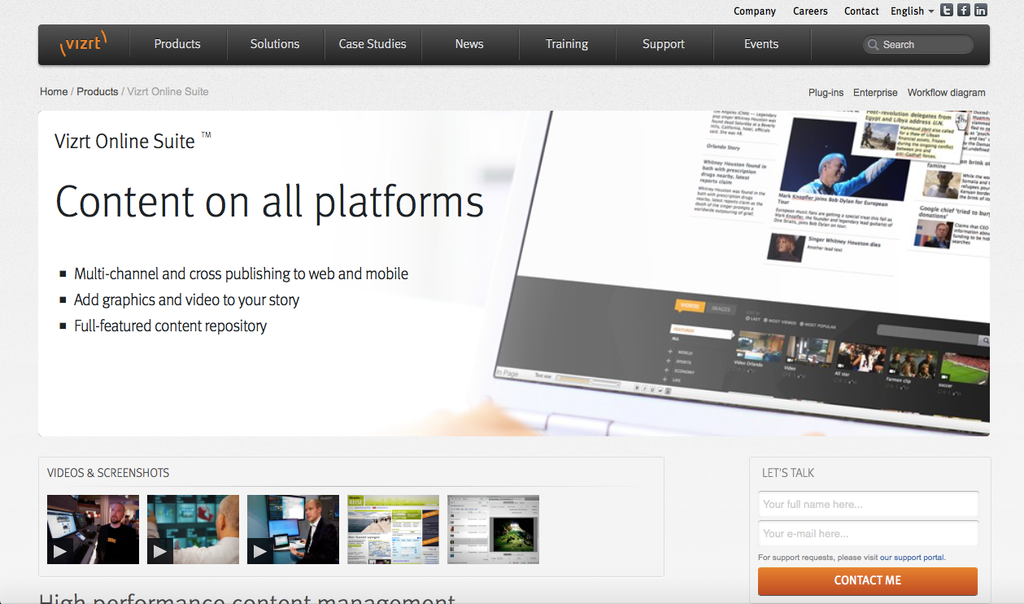
Escenic is a open-source based on Java framework which will perfectly suit organizations that search for a scalable and powerful CMS. Escenic simplifies web editor work and makes it so effective.
In fact, it is really popular in Sweden and lots of huge Sweden websites prefer using this CMS. However, among clients we can also find such editions as: News of the World, The Sun, The Times, the Independent titles.
23. :
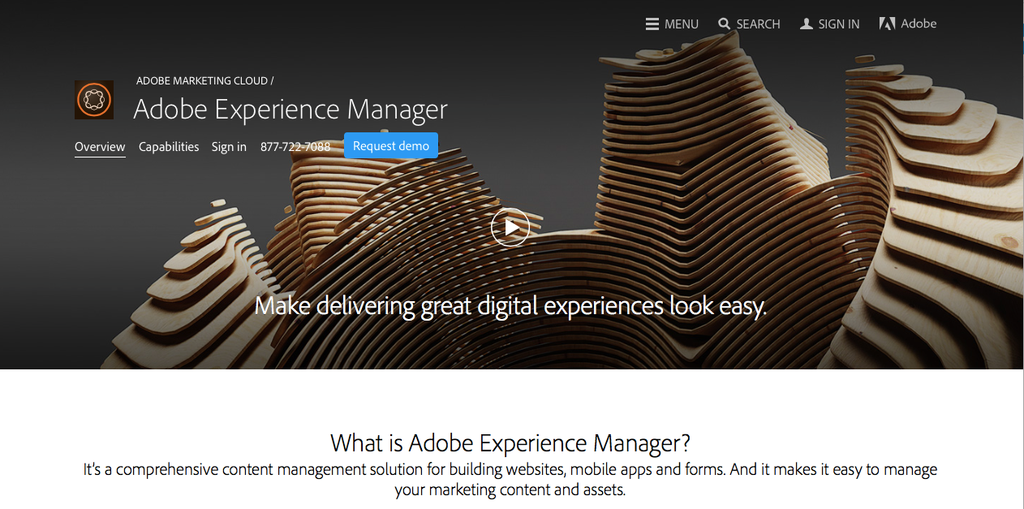
While covering the list of open-source Java based CMSes, certainly we couldn’t help mentioning Adobe Experience Management, since it’s an online business CMS representative that is capable of providing super high agility and flexibility. Adobe Experience Manager has been recently called a CMS leader. Before 2010 it had been known as CQ5, however, later on Adobe Enterprise took it over.
24. :

SDL Tridion is a widely spread CMS which is advised by numerous professionals. Forrester Research, Inc. has recently conducted an independent research and named SDL Tridion a champion in CMS experience. It’s so simply and effective.
Now, having read about all these based on Java CMS representatives, you are able to choose what will suit the best to your online business. If you still have any question, feel free to ask, we will always try to help you.






